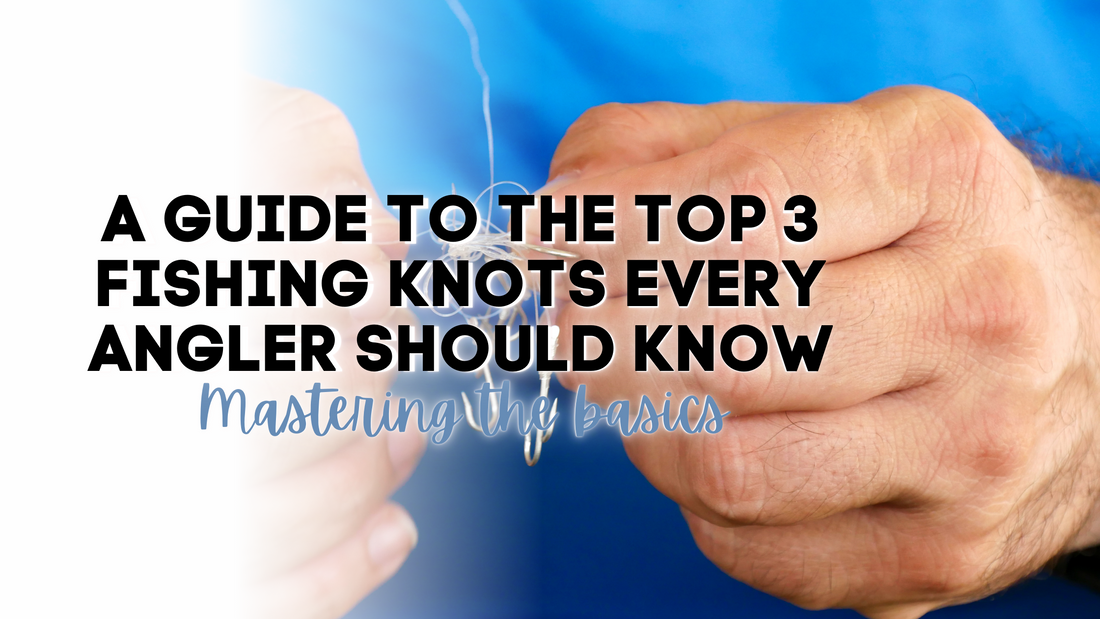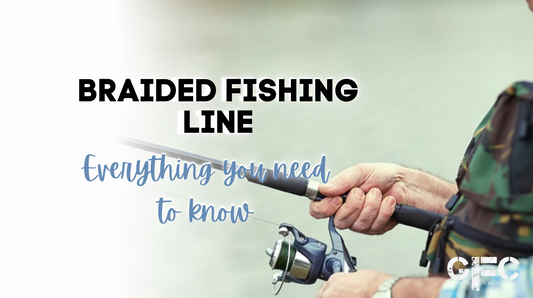
Mastering the Essentials: A Guide to the Top 3 Fishing Knots Every Angler Should Know
Share
As anglers, our success on the water often hinges on the strength and reliability of our knots. Whether battling trophy fish or finesse casting for elusive species, mastering essential fishing knots is paramount. In this guide, we'll explore the three most popular fishing knots, ranked by strength and simplicity, along with step-by-step instructions to tie them like a pro.
The Palomar Knot:
Strength Ranking: ★★★★★
Ease of Tying: ★★★★☆
The Palomar Knot consistently ranks as one of the strongest and most reliable knots in fishing. Its simplicity belies its strength, making it a favorite among anglers of all skill levels.
- Double about 6 inches of line and pass it through the eye of the hook.
- Tie an overhand knot, forming a loop.
- Pull the loop over the hook.
- Moisten the knot and pull both ends of the line to tighten.
- Trim the tag end.
The Improved Clinch Knot:
Strength Ranking: ★★★★☆
Ease of Tying: ★★★★★
The Improved Clinch Knot is a versatile knot that excels in connecting monofilament or fluorocarbon lines to hooks, lures, or swivels. Its simplicity and reliability make it a go-to choice for many anglers.
- Thread the tag end through the eye of the hook and wrap it around the standing line 5 to 7 times.
- Pass the tag end through the loop near the eye of the hook.
- Then, pass the tag end through the larger loop created.
- Moisten the knot and pull both the tag end and standing line to tighten.
- Trim the tag end.
The Uni Knot (or Duncan Knot):
Strength Ranking: ★★★☆☆
Ease of Tying: ★★★★☆
The Uni Knot, also known as the Duncan Knot, is valued for its simplicity and versatility. It's ideal for connecting line to hooks, swivels, or artificial lures and is relatively easy to tie even in adverse conditions.
- Pass the line through the eye of the hook and double back, forming a loop.
- Make 6 turns with the tag end around the double line.
- Pull the tag end to tighten the turns into a loose knot.
- Slide the knot down to the eye of the hook.
- Pull the standing line to tighten the knot fully.
- Trim the tag end.
Mastering these three essential fishing knots will enhance your angling experience and increase your chances of landing that prized catch. Whether you're a novice angler or a seasoned veteran, having these knots in your repertoire is a recipe for success on the water. Practice tying them until they become second nature, and soon enough, you'll be ready to tackle any fishing challenge with confidence and ease. Happy fishing!






